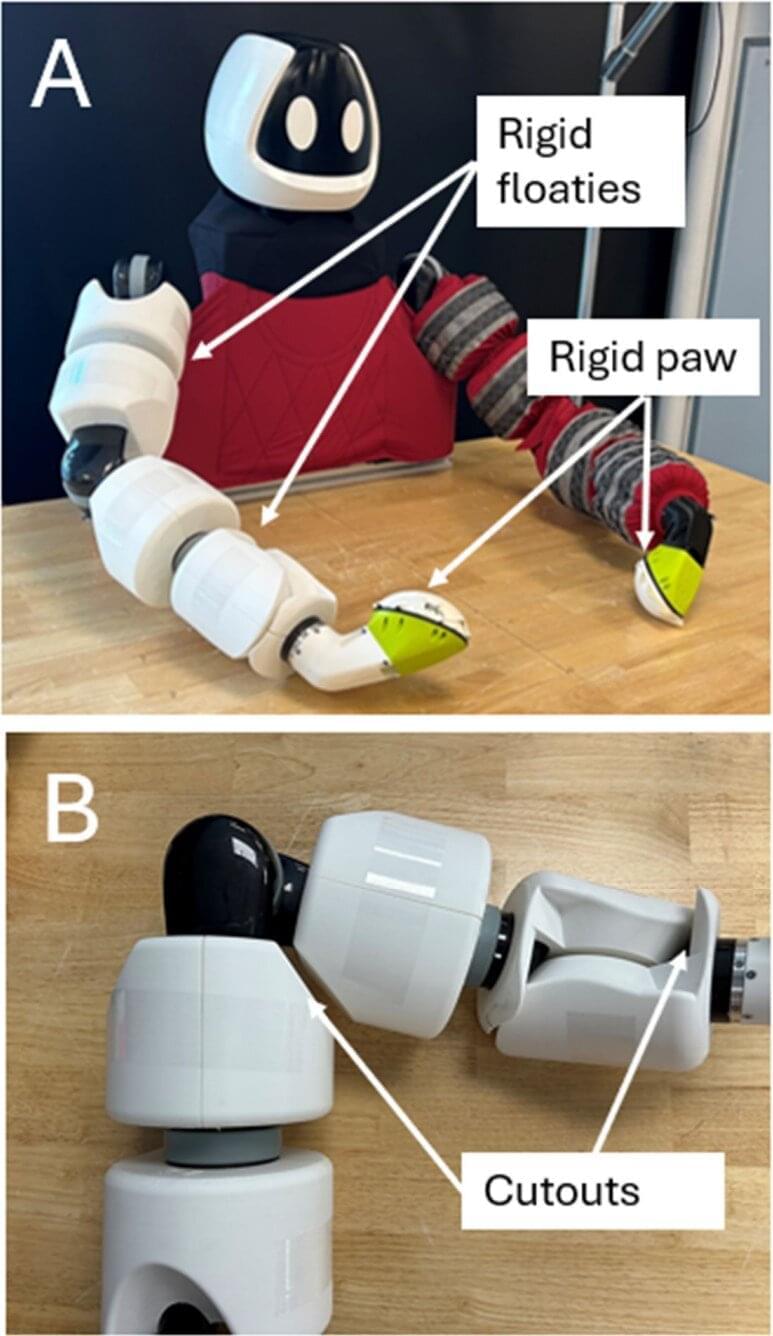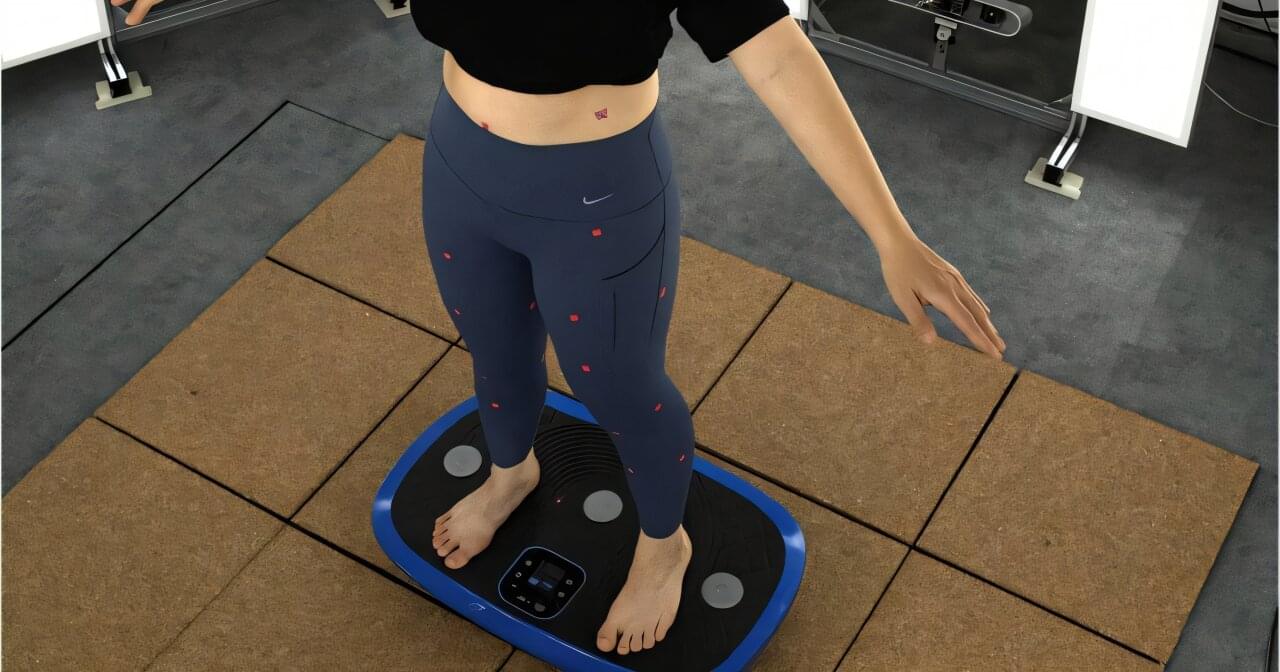Cancer specialists have long known that anemia, caused by a lack of healthy red blood cells, often arises when cancer metastasizes to the bone, but it’s been unclear why. Now, a research team led by Princeton University researchers Yibin Kang and Yujiao Han has uncovered exactly how this happens in metastatic breast cancer, and it involves a type of cellular hijacking. The research aims to help slow down bone metastasis—one of cancer’s deadliest forms.
In a study published in the journal Cell on September 3, Kang and Han reveal that cancer cells effectively commandeer a specialized cell that normally recycles iron in the bone, known as an erythroblast island (EBI) macrophage. This both deprives red blood cells of necessary iron and helps the tumor continue to grow in the bone.
Understanding metastatic cancer—or cancer that grows and spreads in other parts of the body beyond the original tumor site—is critically important. It is one of the deadliest forms of cancer and there is no cure. Of patients who die from breast and prostate cancer, 70% have bone metastasis.









